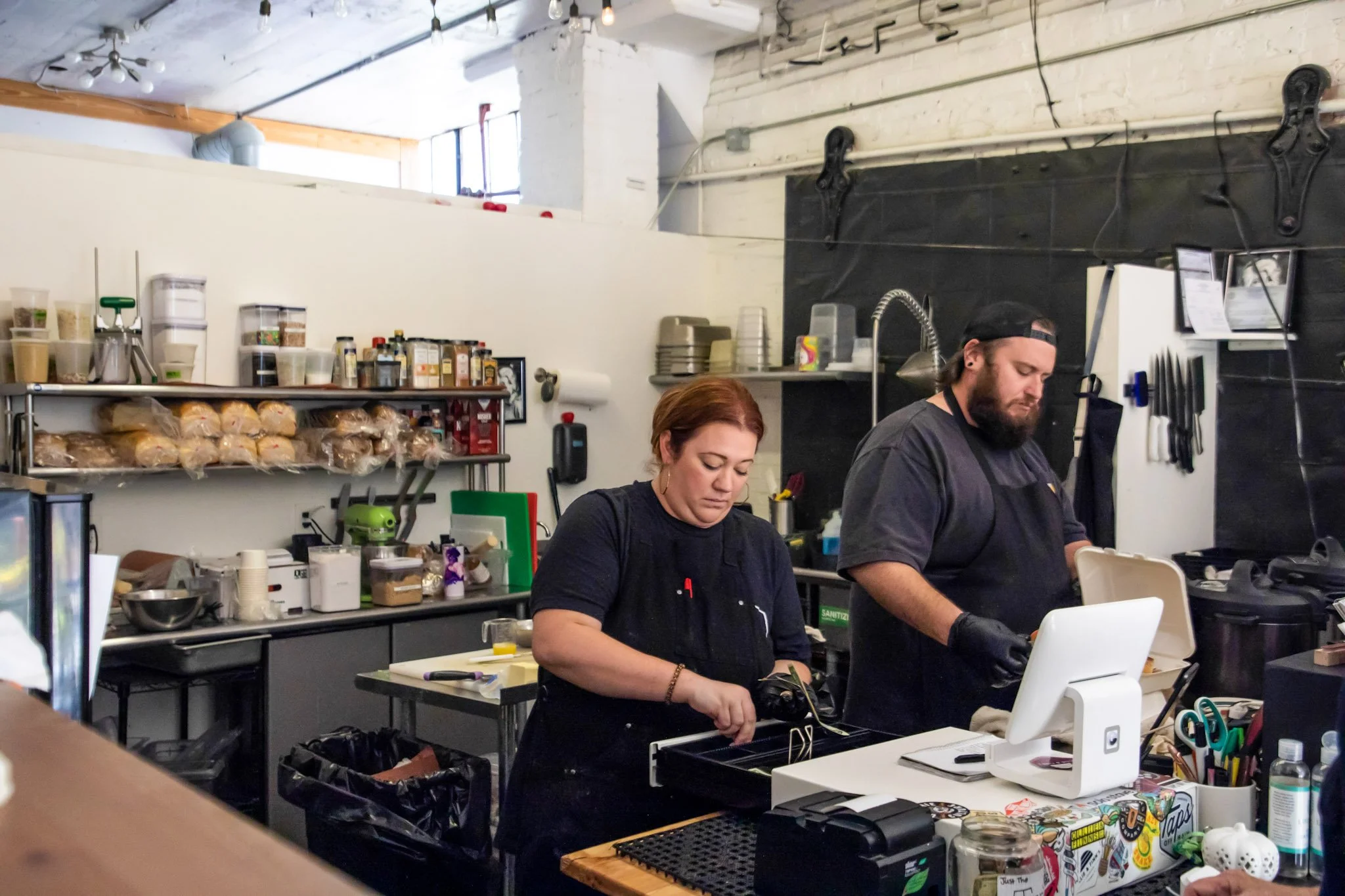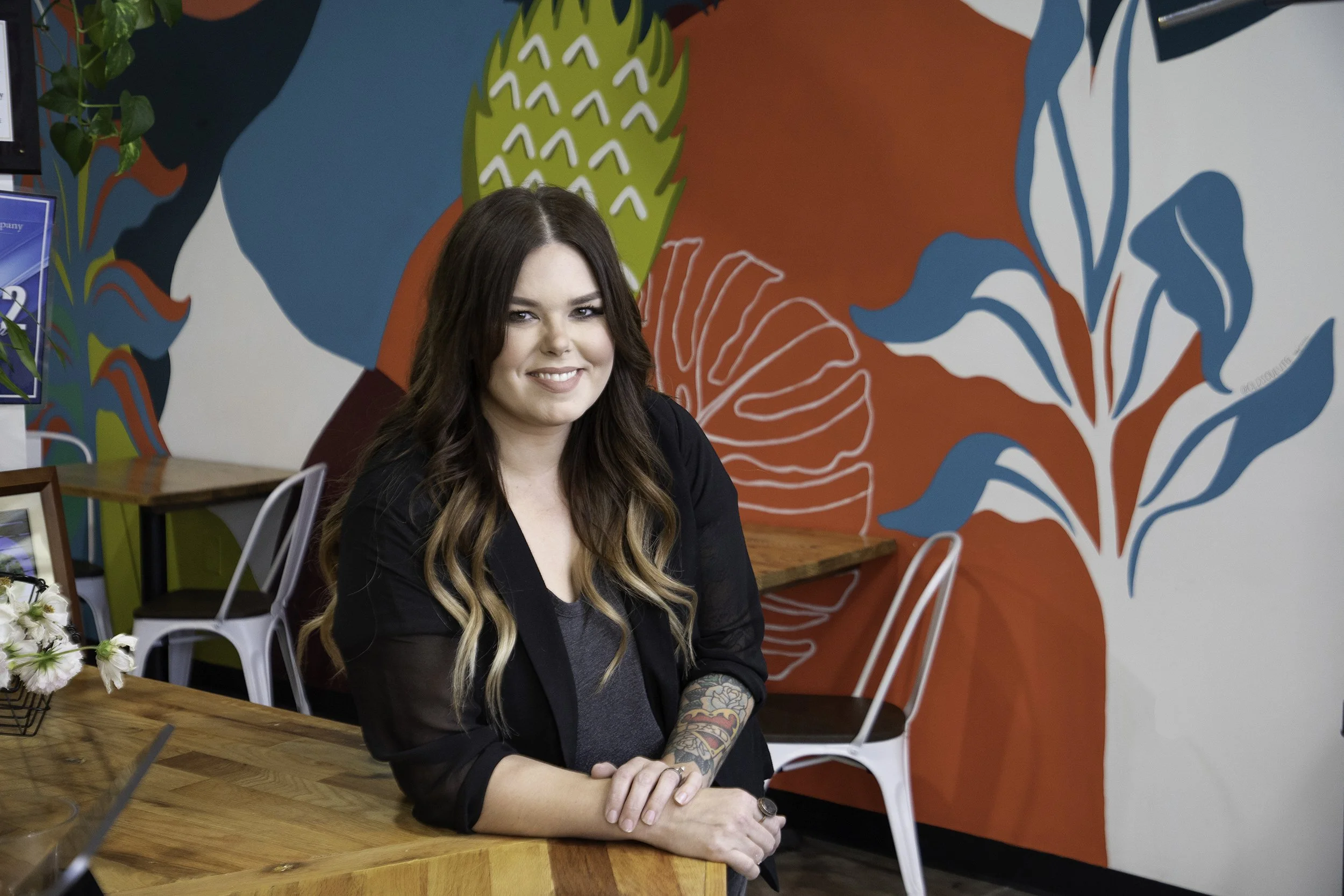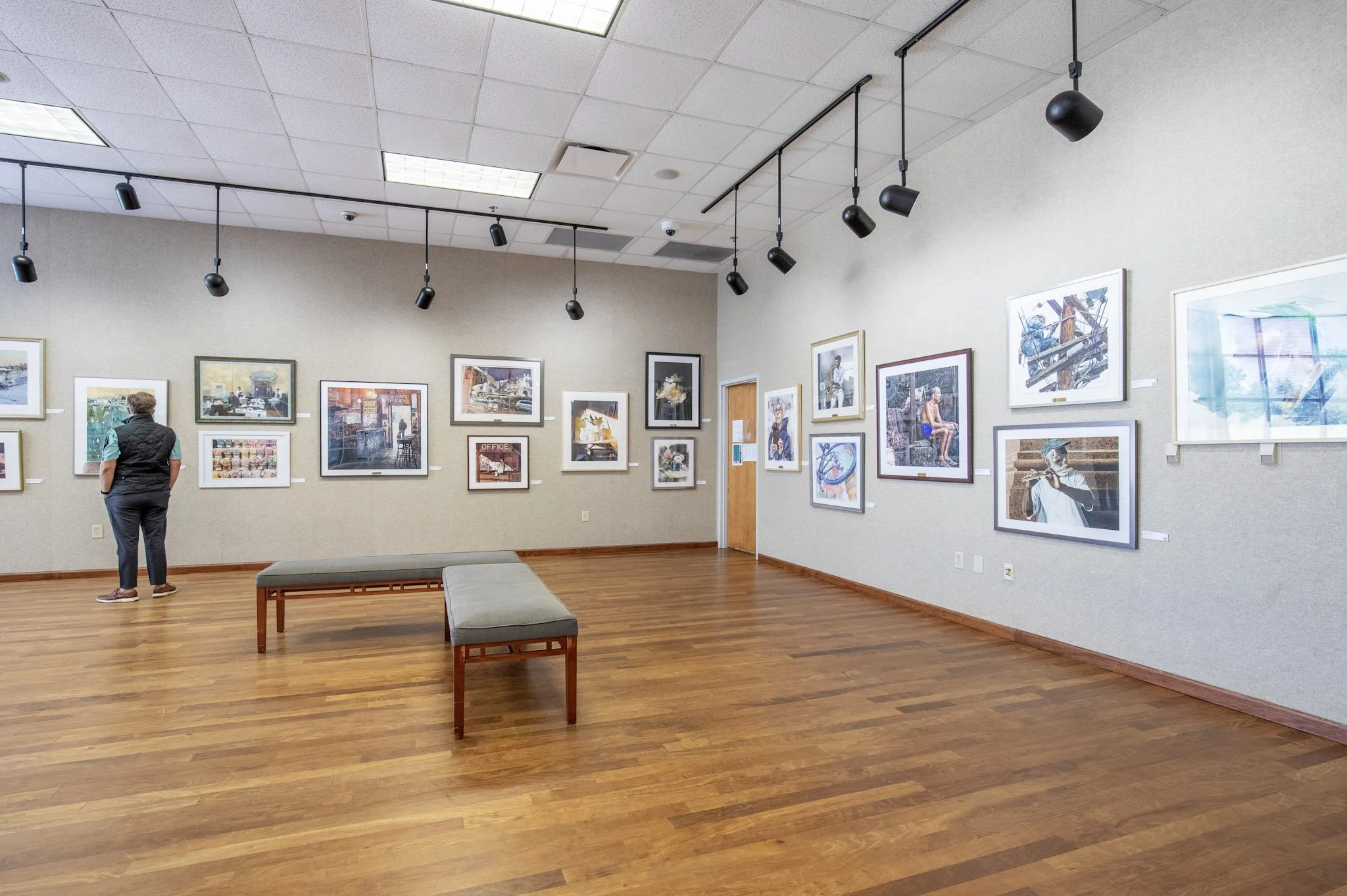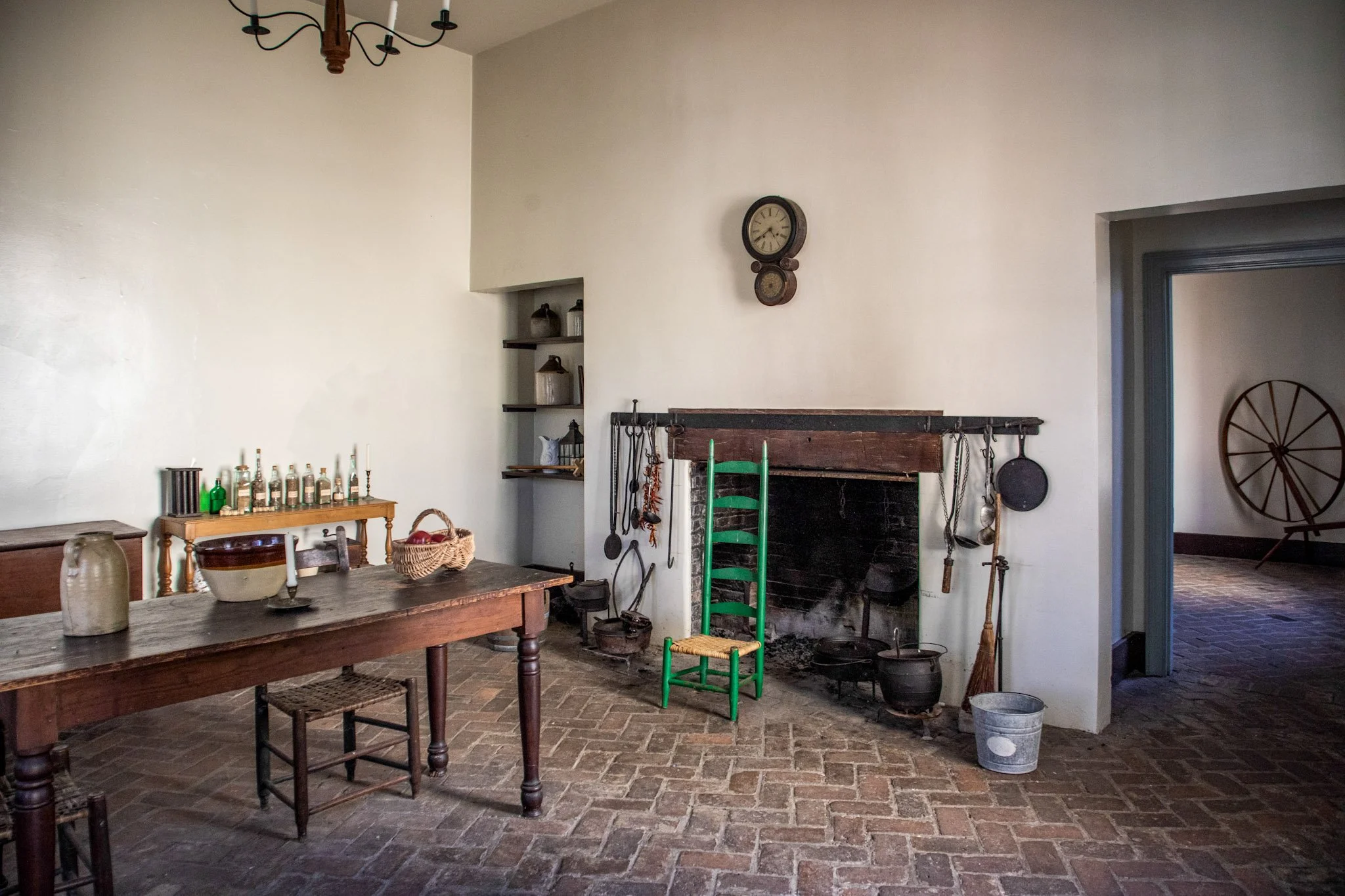We’re ready to create.
Maury County’s awash with opportunities to explore our area’s art, culture and history. Columbia, in particular, is home to a burgeoning scene of artists and other makers, but you’ll find creative folks in every corner of the county.

Columbia Arts Building:
A space for creation
At 12,000 square feet, the Columbia Arts Building is a fitting homebase for Maury County’s growing arts community. Known locally as the CAB, the revitalized industrial space is filled with studio spaces, offices and small shops, plus a brewery, deli and coffee shop. Stop by pretty much any time to find folks hard at work at their craft. The CAB also serves as the center of the growing Columbia Arts District, “a haven for artists and artisans” only a short walk from Columbia square.
“Maury County is very supportive of authentic, real artists who deliver consistent and quality works of art. I am very lucky to have been rehired by many clients again and again. I’m really proud to say that a lot of them have become my close friends.”

Pryor Art Gallery:
Fine art, close to home
Located on the campus of Columbia State Community College, the Pryor Art Gallery provides Maury County with a space for first-class traveling exhibits. In the past, these have ranged from professional watercolors and photography to street art and projects by local students. The public gallery also hosts a permanent collection and frequent cultural events.
“The Pryor Art Gallery offers a wide variety of exhibits right here in Maury County. Exhibits are free and open to the public, and we invite you to visit.”
— Bethany Lay, VP for Advancement/Executive Director at Columbia State Community College Foundation
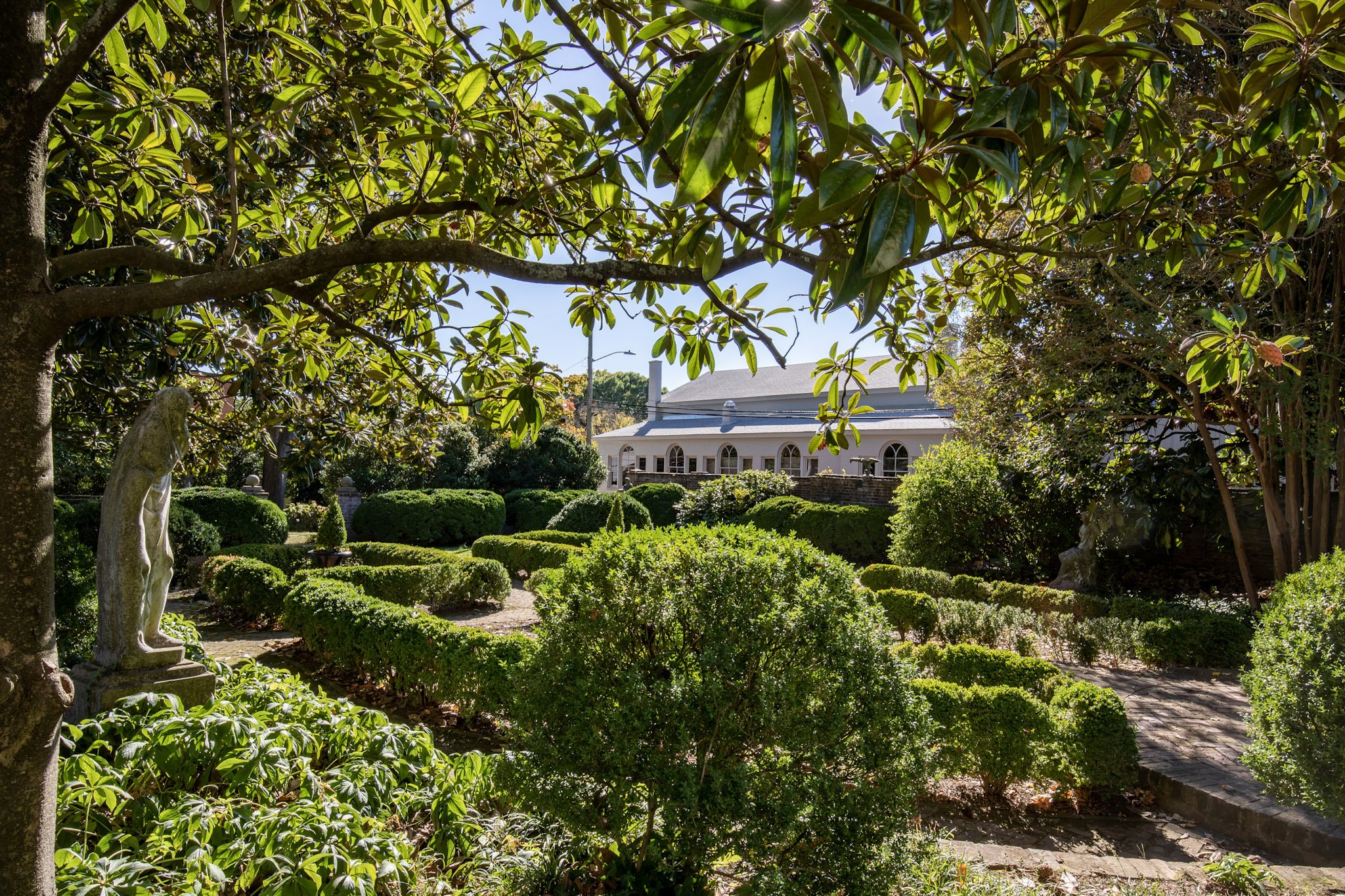
Immerse yourself in Maury County’s rich history.
At 10 years old, future president James K. Polk and his family settled on land just outside Columbia. As Polk—and fellow Middle Tennessean Andrew Jackson—turned the tides of American politics, Maury County played a pivotal role in early U.S. history.
In the twentieth century, Maury became a center of agriculture, commerce and industry. It was also the site of a 1946 uprising in which Black residents stood up against racism and the Jim Crow system that governed Southern life. The trial that followed attracted the attention of Thurgood Marshall, then a young NAACP lawyer, and presaged the major civil rights battles of the ‘50s and ‘60s by nearly a decade.
Today, a diverse group of residents and leaders are working to commemorate and highlight these more complicated parts of Maury’s history.

